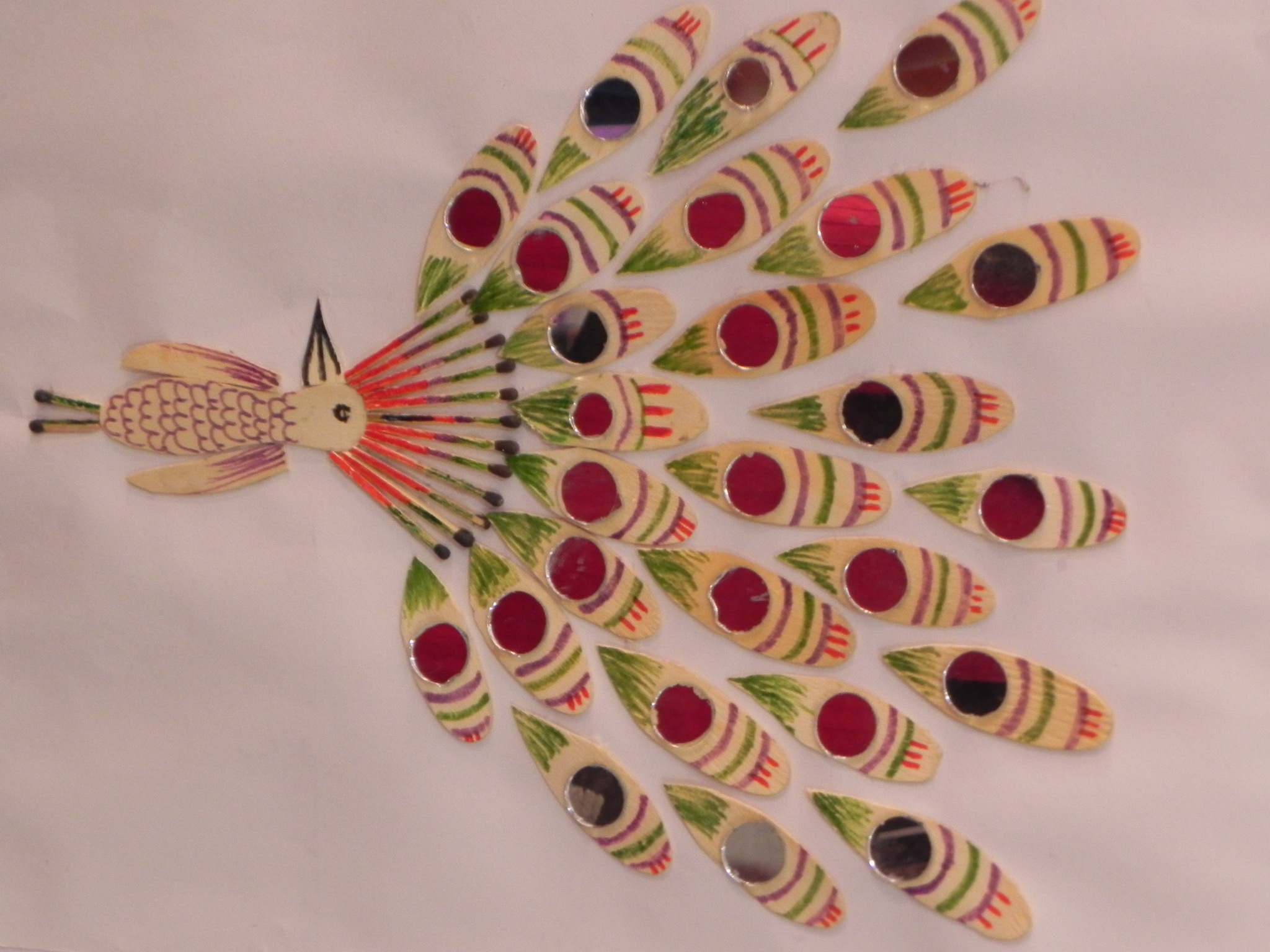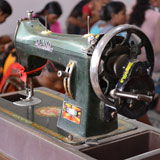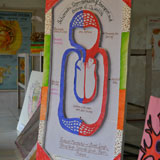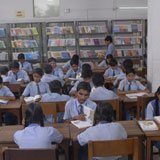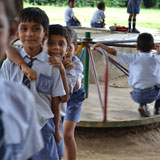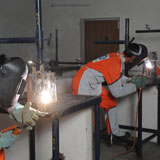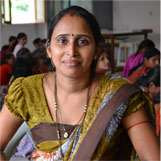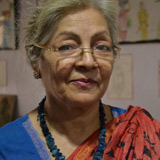Education case studies
- Education Overview
- Dayawanti Punj Model School
- Dayawanti Punj Training Institute
- Craftsmen Training Institute
- Indian School of Business
- Bal Bhavan
Creating a skill development centre
In 2008, following the success of Dayawanti Punj Model School, we set up the Pt. Kanahya Lal Punj Bal Bhavan in Sitamarhi, in affiliation with the National Bal Bhavan, New Delhi. The objective was to create a training centre in Sitamarhi that could supplement academic learning with vocational skills, critical for employment. It soon became apparent that the Bal Bhavan was also in demand from the youth and adults of the area. 2010 saw the arrival of a new Director, Ms Surjit Anand, and a move into a dedicated building next to the school, signalling a new surge of activity for the Bal Bhavan. Now equipped with two teaching classrooms, a sewing room, music room, photography studio and computer lab, the centre sees around 1,200 young people each year benefitting fromits varied courses.
Courses
The Bal Bhavan has a range of permanent courses as well as short term classes that are planned according to the needs of students. The permanent courses include computer literacy, sewing, tailoring, music, arts and crafts, hair and beauty, photography, and dance. Of these, the tailoring and sewing classes have proven to be consistently popular with female students, enabling them to stitch for their families and create their own marriage trousseau. Where possible girls are supported in taking up paid employment in this area. For boys, computer classes have been the most popular, with many hoping to gain salaried office employment to provide a secure income for their families.
In 2011 a free three-month course in Italian lace making was introduced at the Bal Bhavan in collaboration with the SAARC Chamber Women Entrepreneurs Council. A total of 30 women completed this particular course.
It is heartening to see the senior citizens of the village who took up learning computers and playing tabla, be able to generate some income for themselves by playing ‘bhajans’ for religious and community festivals.
Affordable learning
The centre is designed to be both affordable and self-sufficient, providing a highly economical option for students. The current charge for male students is Rs. 50 (less than $1) for a month’s enrolment during which time they can attend any courses they wish. To encourage more women participation, the charge is only Rs. 30 (around $0.55) for a month. However, on completion of any course they are reimbursed that fee. Given the social challenges faced by women to attend courses outside the home, this has proven to be an effective method of encouragement.
More than vocational skills
The centre was intended to train people for employment, but the outcome has gone far beyond this, especially for women and girls in the area. The centre has hired several local women as trainers, for many of whom this required a careful navigation of the social norms and their families’ wishes to be able to take up employment. The result has changed the lives and outlook of these women who are now confident members of the centre’s staff and respected contributors to their families’ income. These women, as well as the centre’s dynamic Director from Delhi, have become strong role models and trusted mentors for the hundreds of young, rural girls who pass through the centre each year. Read case studies of Seema Singh and Surjit Anand.
Looking forward
The potential for Bal Bhavan to impact lives in Sitamarhi is great, as are the challenges. For now the next step is to continue to introduce more vocational options for male students, potentially including carpentry, plumbing and electrician courses. For women our ambition is to create income-generating options through sewing, embroidery and lace-making, by creating partnerships with boutiques and manufacturers locally and across the country.

